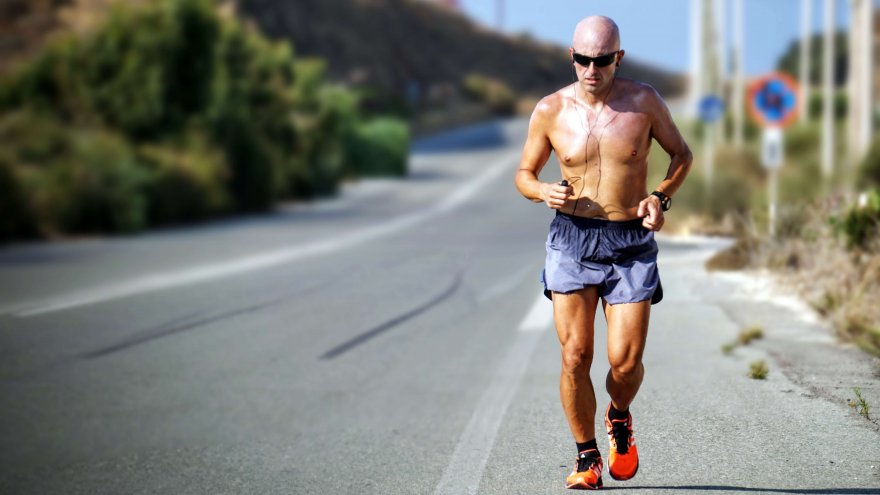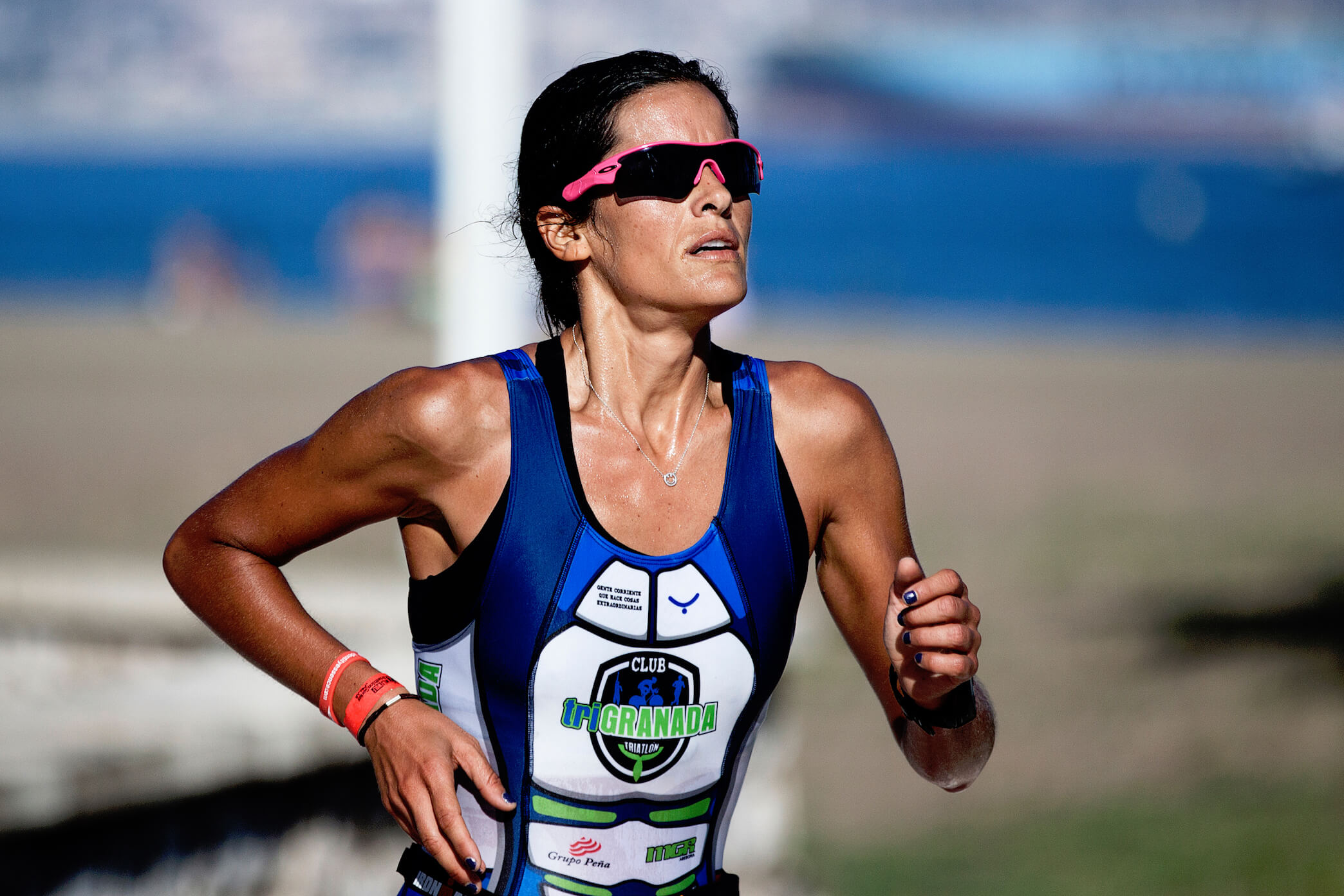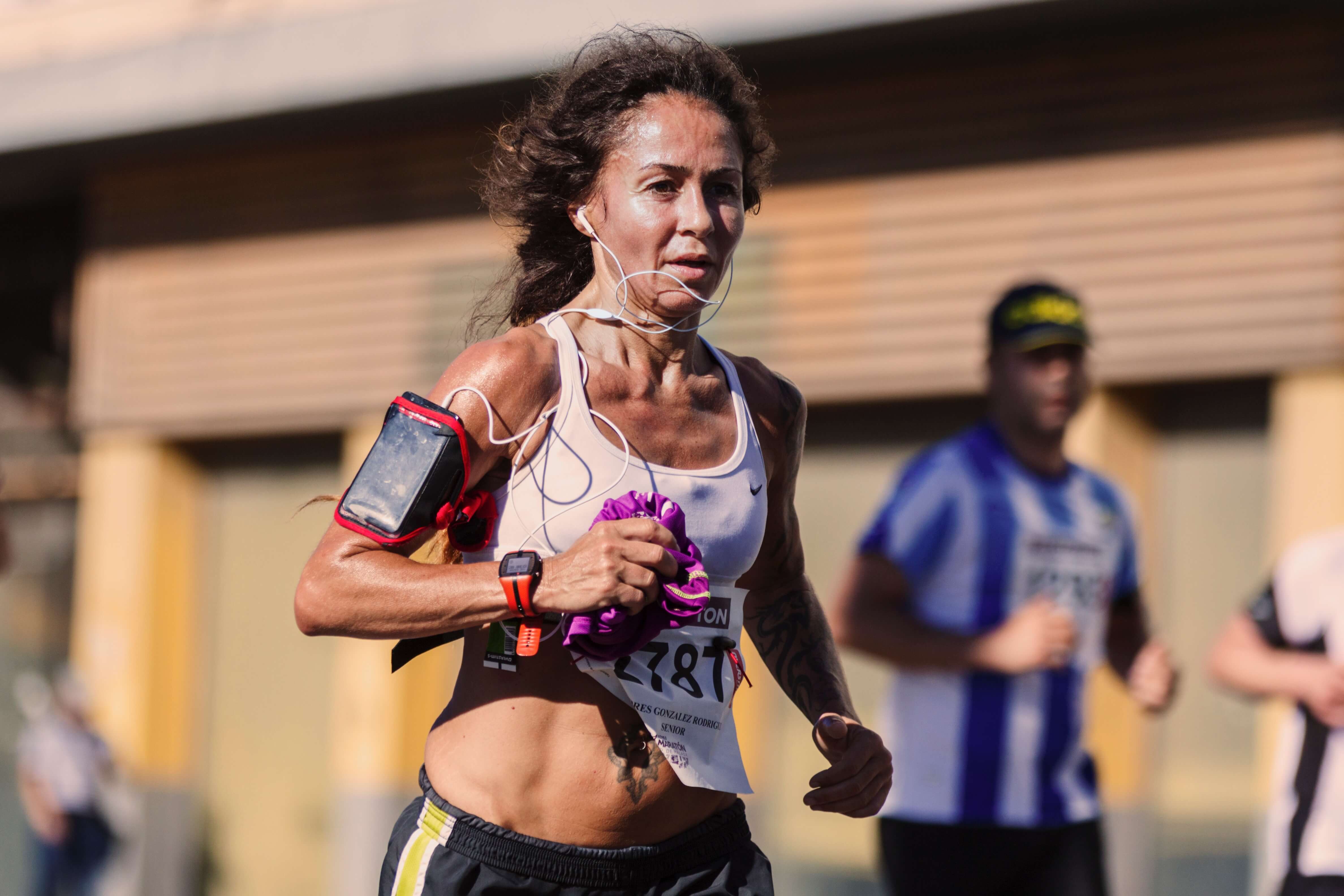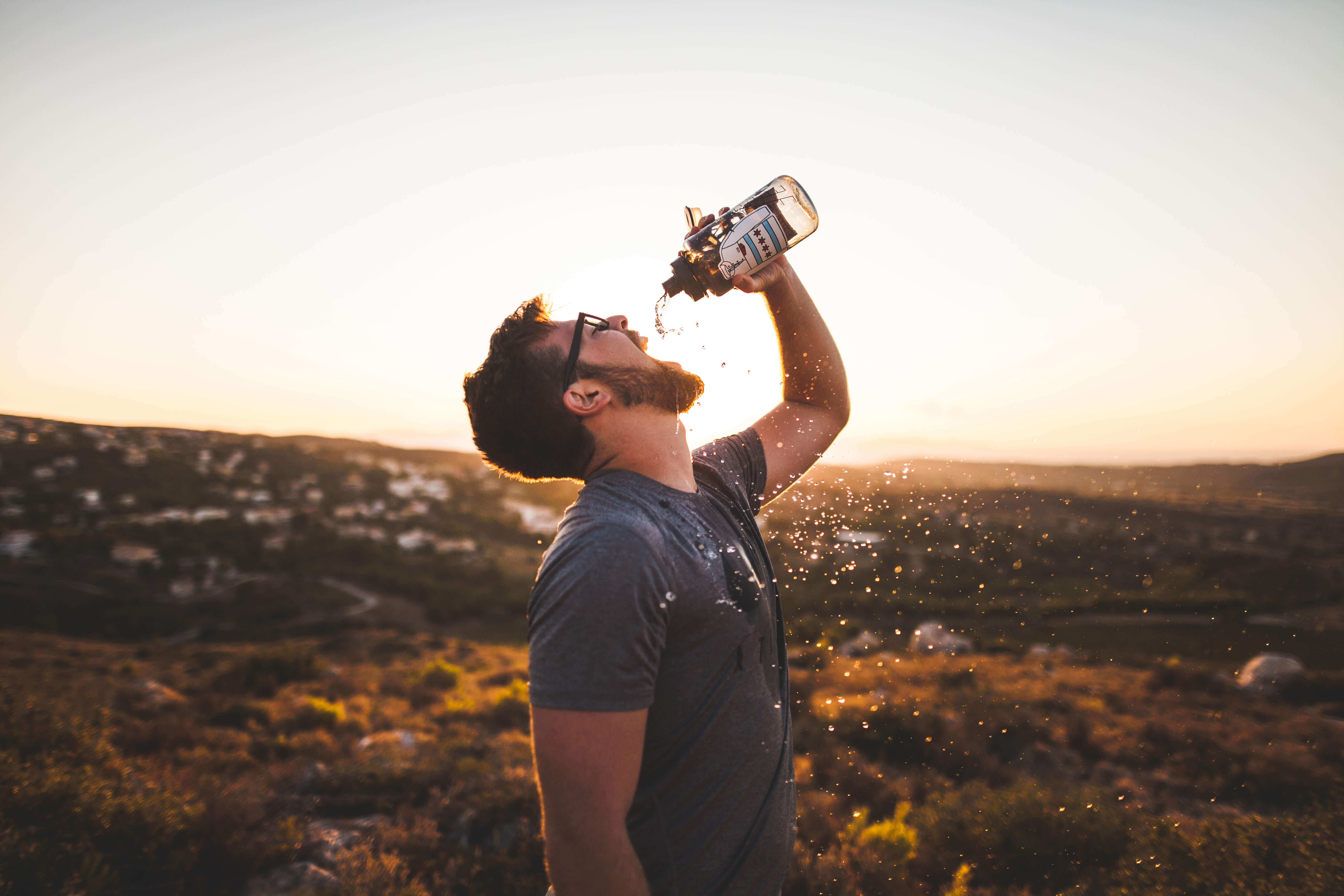Benefits of Training in the Heat: How Heat & Humidity Affects Run Performance

Don’t get discouraged…
Most runners struggle to maintain their pace during the summer months. Running becomes almost intolerable when the heat and humidity index are at their highest. But the good news is once you understand why this happens, you will learn to be okay with it.
Or even take advantage of it.

How Does Heat Affect Performance?
Several studies have been done evaluating how environmental conditions impact athletic performance. They have concluded that heat most definitely makes a large impact on oxygen consumption.
In dry heat VO2 max drops by over 5% as compared to cooler, more comfortable conditions. And hot and humid conditions can drop VO2 max by over 12%!
High heat generally causes the body to work harder to keep a cooler core temperature, therefore spiking heart rate and causing runners to not last as long during workouts. When humidity is at a significantly high percentage along with the heat, it becomes twice as hard to keep that cooler core temperature.
Keep in mind that the evaporation of sweat is the body’s method of cooling off and with too much humidity, the constant water in the air causes sweat to remain on the skin, thus not evaporating and cooling us down.

If you’re able to stay consistent with your training program during these hot summer months, you’ll likely find several benefits that will translate to better race times in the Fall. These benefits include increased blood plasma volume, increased sweat rate, a lower core temperature, and increased oxygen transport to the muscles.
Once the body adapts to the hot and humid conditions and these physiological changes occur, it becomes more efficient at cooling, and harder paces during the cooler months will become much easier to perform. Getting to this point will require patience, though, with proper hydration and fueling strategies, since the body will fatigue at a quicker rate during these hot temperatures.
How to Adjust to Warmer Temperatures
Most people believe that trained runners will respond to increased heat and humidity much better than non-trained athletes, but this is actually not the case.
The body’s response to environmental changes such as climate will depend on several factors including body mass index, fat percentage, and general sweat rate, which can vary from person to person. It will take at least two weeks for the body to adjust to warmer and more humid conditions with consistent training.
The key to adjusting quickly and safely is to incorporate the proper hydration plan for you.

The amount of fluids one requires during running largely depends on the sweat rate.
The best way to calculate this is to weigh yourself before and after running, taking into account the amount of fluids you intake and whether you use the bathroom in between those two weigh-ins. For every pound lost during running, you will require an intake of 16 ounces of fluids.
A good method if you are unsure of your fluid needs is to drink between 4 and 8 ounces of water or an electrolyte drink every 15 to 20 minutes. Generally, if you run for an hour or less, water should be enough. If you are a salty sweater (skin feels sticky after runs or there are white stains on black running clothes) then it is beneficial to include a sports drink.
Given these findings on the effect of heat and humidity on running performance, runners should not be discouraged if they see their paces slowed significantly during the Summer. Instead, they should take advantage of the warmer weather to get their bodies to be more prepared for fall racing, as long as they do so safely. Heat illness and dehydration are serious conditions and runners should plan their fueling strategies accordingly.

Gradually easing into training plans with low mileage and easy runs is key to get the body adapted quickly. If you attempt your hard workouts from the start, you will most likely be unsuccessful and may lose confidence. This will also increase your risk of heat illness and injuries.
Since the body must work harder at hotter temperatures, we will require more calories and electrolytes in order to function properly and run our best. Having an electrolyte drink before heading out and taking more along the way, while planning routes in shaded areas with water fountain stops is ideal. Gels and chews should also contain enough of the vitamins and sugars our bodies require for the extra energy it will take to run hard in the heat.
Practice these safe habits, and you will reap the benefits of Summer running.
Latest Articles
 Is Running on a Treadmill Easier Than Running Outside?Runners have their own preferences, whether it is treadmill running, running outside on the road, or exploring trails. So...
Is Running on a Treadmill Easier Than Running Outside?Runners have their own preferences, whether it is treadmill running, running outside on the road, or exploring trails. So... Is It OK to Use Trail Running Shoes on the Road?While trail running shoes can be used on roads, especially in situations where a runner encounters mixed terrains or pref...
Is It OK to Use Trail Running Shoes on the Road?While trail running shoes can be used on roads, especially in situations where a runner encounters mixed terrains or pref... How to Fix Sore Quads After Running?Rest, ice, gentle stretching, and over-the-counter pain relievers can help soothe sore quads after running. Also, ensure ...
How to Fix Sore Quads After Running?Rest, ice, gentle stretching, and over-the-counter pain relievers can help soothe sore quads after running. Also, ensure ... 10 Fruits With The Most Electrolytes to Replace Sports DrinksThese fruits are high in electrolytes such as potassium, magnesium, and calcium, essential for hydration, muscle function...
10 Fruits With The Most Electrolytes to Replace Sports DrinksThese fruits are high in electrolytes such as potassium, magnesium, and calcium, essential for hydration, muscle function...

